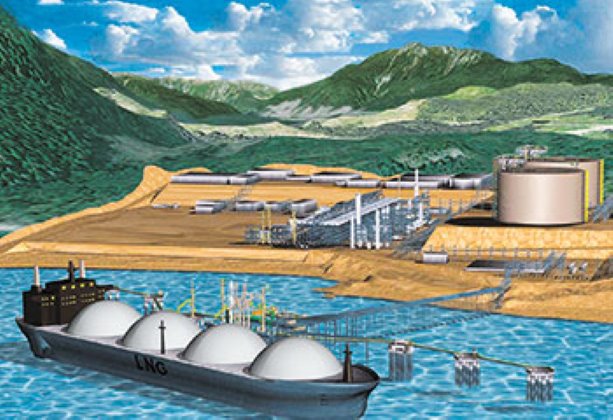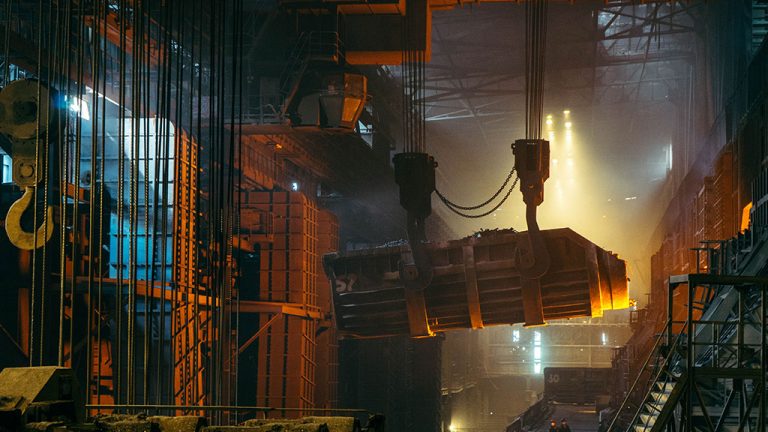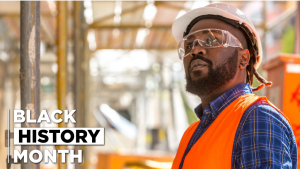B.C.’s liquefied natural gas (LNG) sector will require as many as 22,000 workers at peak construction in 2016-2017, which has government examining recruitment options and industry calling for change in the trades training process.
Five LNG projects in the northern parts of the province are in the early planning stages and at least five more are under consideration.
Pacific NorthWest LNG and British Gas have made initial investments in projects in Prince Rupert, while Shell’s LNG Canada and Chevron Apache are looking at developments in Kitimat.
The Douglas Channel Energy Partnership is a small-scale facility planned in co-operation between the District of Kitimat and the Haisla First Nation.
Geoff Stevens, chair of the B.C. Natural Gas Workforce Strategy Committee said each plant would require about four years to build out, creating a challenge in whether to build simultaneously or stagger them over 10 years to address labour requirements.
B.C.’s northeast only has about 14,000 mature workers, said Stevens, meaning the expansion and production to feed five plants would increase labour demands fourfold, including long-term maintenance and operational jobs.
“This is a huge uptick,” he said.
“These are B.C.’s largest capital projects ever. Competition from other provinces combined with demographic challenges will be an issue.”
Jobs will involve constructing LNG export facilities, transfer stations and jetties, and pipelines that will run across northern B.C.
Skilled trades in 57 job categories are required, particularly steamfitters and pipefitters, construction trades labourers including riggers, welders and carpenters.
Proponents are likely to bring in project management personnel with experience in leading large capital projects, and prime contractors will have rigorous standards around quality and safety certification, or require all trades people to be Red Seal certified, said Stevens.
The trend in LNG towards modularization—pre-fabricating large modules in Asia and having them barged over to assemble on site—will likely be used on B.C. projects.
“We’ll probably see some of that because of the remote locations and challenges in bringing in materials,” said Stevens.
“There will probably also be some requirement for specialized pressure welding.”
Phil Hochstein, president of B.C.’s Independent Contractors and Businesses Association (ICBA) said streamlining the apprenticeship process will be key in securing the necessary workforce.
“There isn’t a shortage of people wanting to get in to trades,” he said.
“It’s a matter of how we can move people along faster. If there’s any deterrent, it is how long it takes to get certification.”
Hochstein said revising the apprenticeship system to model other professional occupations could reduce wait times and grow the labour pool.
“Every other occupation allows you to get your technical training, go out and get a job and field experience and then become qualified,” he said.
“Apprenticeship requires that you get a job before you’re trained. It’s a system based in the Middle Ages and I don’t know if it’s practical anymore.”
A revised system that complements the current apprenticeship process might provide the training industry with the speed and flexibility to meet the labour shortage, said Hochstein.
“That’s how we train teachers, accountants, lawyers, engineers,” he said.
“I think if we do that, more people will go in and completion rates go up. It’s a no brainer.”
The Ministry of Jobs, Tourism and Skills Training, which is responsible for labour, announced a review of the Industry Training Authority (ITA).
Hochstein said it’s a step in the right direction.
Securing a local workforce on the construction side is a priority, but realistically workers will come from all around the province and country in a fly in, fly out model, said Stevens.
It will be up to project proponents to make camp life more attractive.
“We’ve all heard the horror stories of Fort McMurray with crime, drugs and other problems,” he said.
“Camp conditions are important. Some are first class with swimming pools and gyms, but I think there is still some work to do around that.”
A bounce back in B.C.’s forest industry and shipbuilding on the horizon will make competition tight, but the right incentives could bring B.C. workers home from Alberta, he said, citing Australian LNG wages between $162,000 and $200,000 or more annually.
“If there are incentives, people will come back,” he said,
“But, it will be a major recruitment effort to mobilize that workforce.”
Pacific NorthWest LNG has proposed a facility on Lelu Island in Prince Rupert representing a $9 billion to $11 billion investment.
Spencer Sproule, senior advisor, corporate affairs for Pacific NorthWest LNG said the company hasn’t experienced any trouble securing engineers and managers in the planning stages, but does anticipate challenges in filling construction jobs.
“We are planning for that, working with government and local institutions to ensure we train and utilize as much local labour as possible,” he said.
“We are working to ensure there isn’t a labour shortage when it comes time to build.”
The project will require about 3,500 workers at peak construction.
“The population of Prince Rupert and Port Edward is just about 12,000 or 13,000,” said Sproule.
“We’re obviously not going to be able to get all the workers from there, but we’ll draw upon local labour and workers in a concentric circle throughout B.C. and Canada.”











Recent Comments
comments for this post are closed